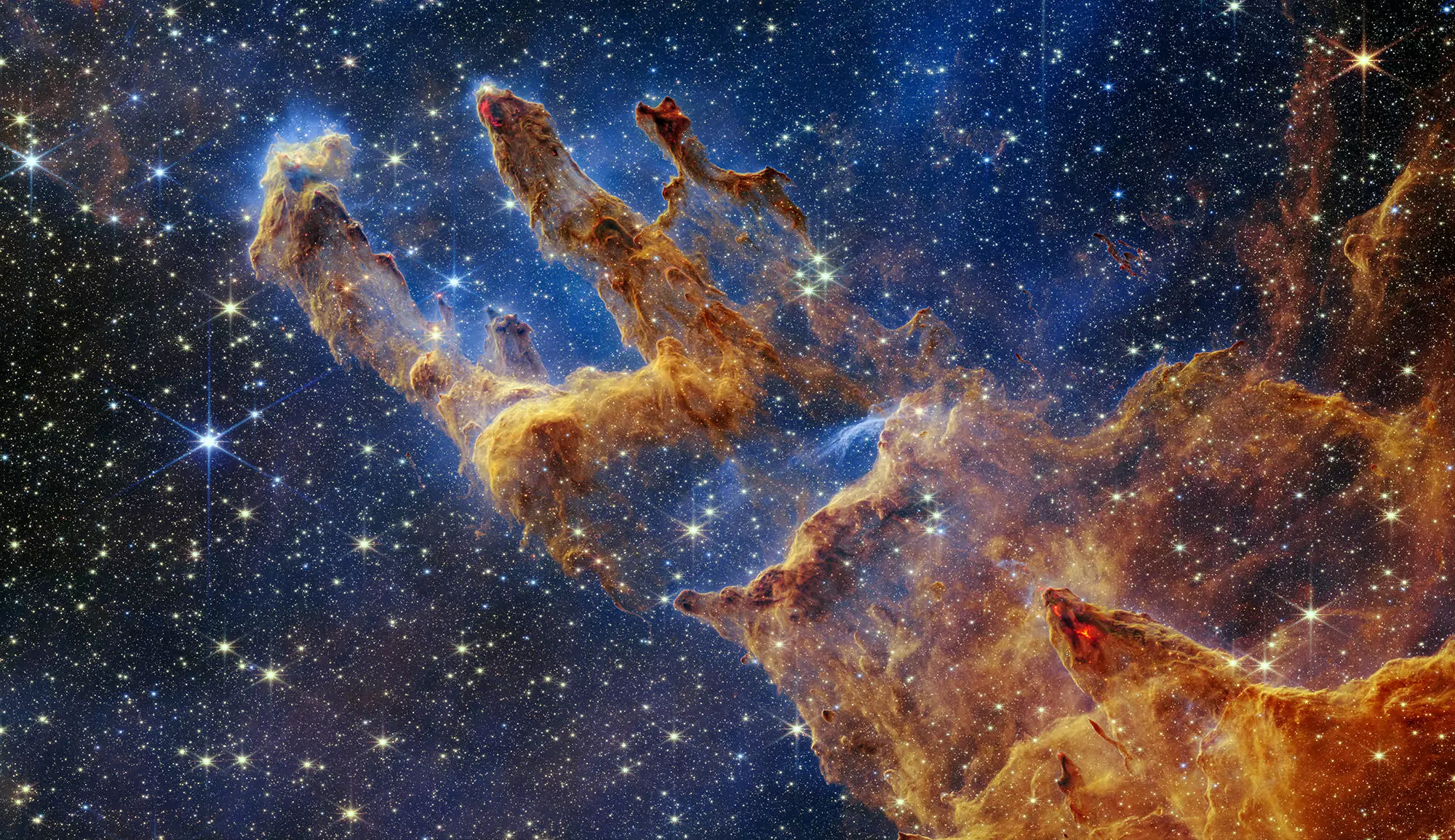The determination of the stellar fundamental parameters, such as their mass and radius, is a complex task. However, their determination is necessary to model and understand the stellar interior. Up to now, most of the precise measurements of stellar masses are carried out by the observation of double stars. They require the precise measurement of the distance of the system. Now, high-accuracy measurements of the stellar mass and radius are possible. As presented in recent News, the CNES space mission CoRoT and the Nasa space mission Kepler monitor continuously thousands of stars, aiming to search planetary transits and to register the stellar oscillations. These tiny oscillations probe the interior structure. The seismic waves travel across the star, and construct an oscillation pattern that mainly depends on the stellar density profile. The wave excitation depends on surface properties, and mainly on the gravitational field. Then, the independent determinations of the mean density (in (M/R³) and of the gravity field ((M/R²) give the stellar mass and radius.

Red giant oscillations also deliver the determination of the evolutionary status of the stars (cf News of March 2011) and put in evidence the mass loss of red giants at the tip of the red giant branch (RGB). In fact, stars in the RGB are burning hydrogen in a shell surrounding the inactive core of helium. The contraction of this core implies the dilatation of the envelope. Most of the stars shown in the RGB phase (Fig 1) have a mass in the range 1 - 2 solar mass (hereafter Ms). Less massive stars are rare, since their evolution time on the main sequence is a noticeable fraction of the age of the Universe. More massive stars are rare too since they have a rapid evolution on the RGB. At the tip of the RGB, the core density is large enough to initiate helium burning. In low-mass stars, typically below 1.8 Ms, the the ignition occurs in brutal condition, called helium flash. Helium burning ensures the equilibrium of the star, which then spends a significative time in the so-called red clump. Some of the clump stars have masses as low as 0.65 Ms. They have lost a significant fraction of their mass at the tip of the RGB, where their gravitational field is not large enough to retain the uppermost layers blown out by a strong stellar wind. This mass loss, more important for low-mass stars, is well known, but up to now only empirically and unprecisely determined. The mass-radius diagram shows a clear relationship for clump stars with M < Ms. After the helium flash, all these stars share common stellar properties, which mainly depend on the stellar mass, and are basically independent of their different origins, composition and evolution. Figure 1 shows also clump stars with a mass larger than 1.8 solar mass. Such stars are not easily detected in the RGB, owing to their rapid evolution, but visible in the clump where they spend much more time. Due to their high mass, helium in the core was in non-degenerate status, so that helium burning has started in much smoother conditions than the helium flash, which depend on the stellar mass. As a consequence, contrary to lower mass stars, they do not follow a precise mass-radius relation. These observations, initiated by CoRoT, were confirmed and made precise by Kepler. They confirm that the new asteroseismic observations are able to constrain stellar physics with unprecedented precision.
Mosser et al. 2011 Characterization of the power excess of solar-like oscillations in red giants with Kepler Mosser et al. 2011 Mixed modes in red-giant stars observed with CoRoT
